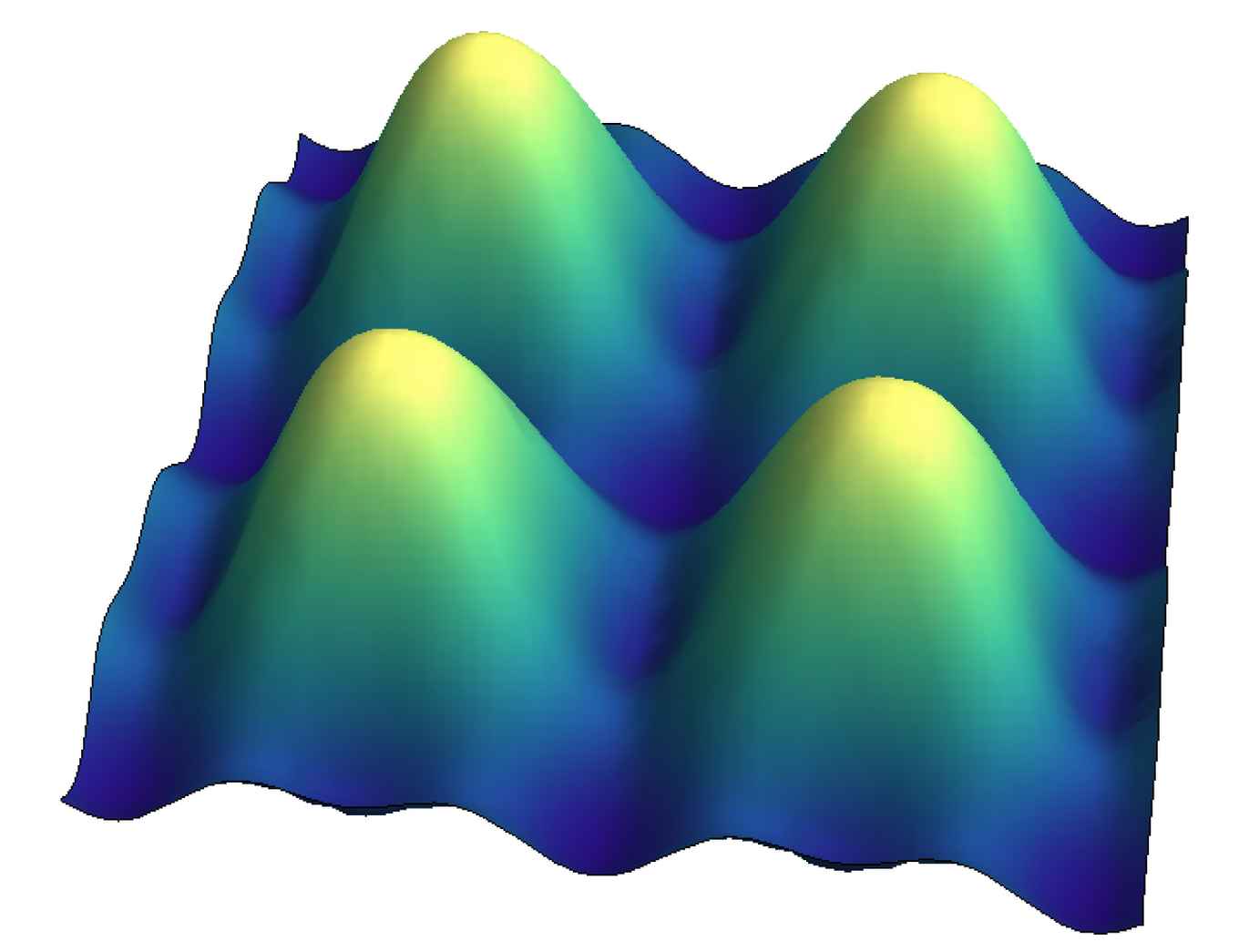Topological materials are highly promising for quantum computer
Bosons in an optical 'egg box' lattice form an interesting topological system
13 October 2016

"In everyday life we are familiar with conducting materials, such as copper, and insulating materials, such as plastic or glass. However there are also topological insulators with very peculiar properties," says the Utrecht University professor. These materials are insulating in the bulk, but current can flow along the edges. Furthermore, the conductivity is quantised and varies in discrete steps.
Spin currents
Topological materials are full of surprises for physicists. For example, it is not just electrons that can freely move along the edges. The spin information can also move along the edges of these materials. Morais Smith: "If all electrons with an upward spin move in one direction and those with a downward spin in the other direction, then on balance no charge has moved, but spin information has. This phenomenon is important in spintronics. Due to this quantised conductivity, topological materials make quantum spintronics possible. Furthermore, the topological protection is so robust that small impurities exert no influence on it."
Lattice systems
In normal materials such topological effects are unusual. Morais Smith and her colleagues have gone a step further still and have studied systems of optical lattices, where the effects also occur. "Using lasers, experimental researchers can already produce lattices made of light in which they can trap cold atoms. These are actually ideal quantum simulators: they simulate a perfect material without irregularities or impurities. With these lattices we can create and study materials possessing exotic properties and states," she says. "As you can trap many types of atoms in such an optical lattice, they are highly suitable for studying fermions and bosons. A lot of research has already been carried out on the topological properties of fermions but there are still many unanswered questions about the behaviour of bosons in an optical lattice."

Boson lattices
Morais Smith investigated bosons in an exotic optical lattice, a so-called Lieb lattice. This simulates the lattice exactly as it occurs in high-temperature superconductors. She discovered that in some cases the interactions between bosons in the lattice led to unusual currents. "We saw that bosons in the ground state travelled around the energy peaks in the Lieb lattice," says Morais Smith. “It is all about a superfluid state of matter, akin to a topological superconductor, which holds promises for future quantum computation."
Although the ground state does not have any topological properties, the excited states, which can for example be achieved via sound waves, are topological. We have made contact with an Austrian research group that is trying to realise our theoretical results with an experimental optical lattice."
More information
The work on bosons in an optical lattice was carried out at Utrecht University by her PhD researcher Marco Di Liberto, in collaboration with the University of Hamburg. The research fell within the framework of the Vici grant that Morais Smith received from NWO in 2008. Morais Smith is currently working on a project together with Duncan Haldane who received a Nobel Prize, together with David Thouless and Michael Kosterlitz, for his groundbreaking work in the area of topological materials.
Reference
Topological Varma Superfluid in Optical Lattices, M. Di Liberto, A. Hemmerich & C. Morais Smith, Phys. Rev. Lett. 117, 163001.